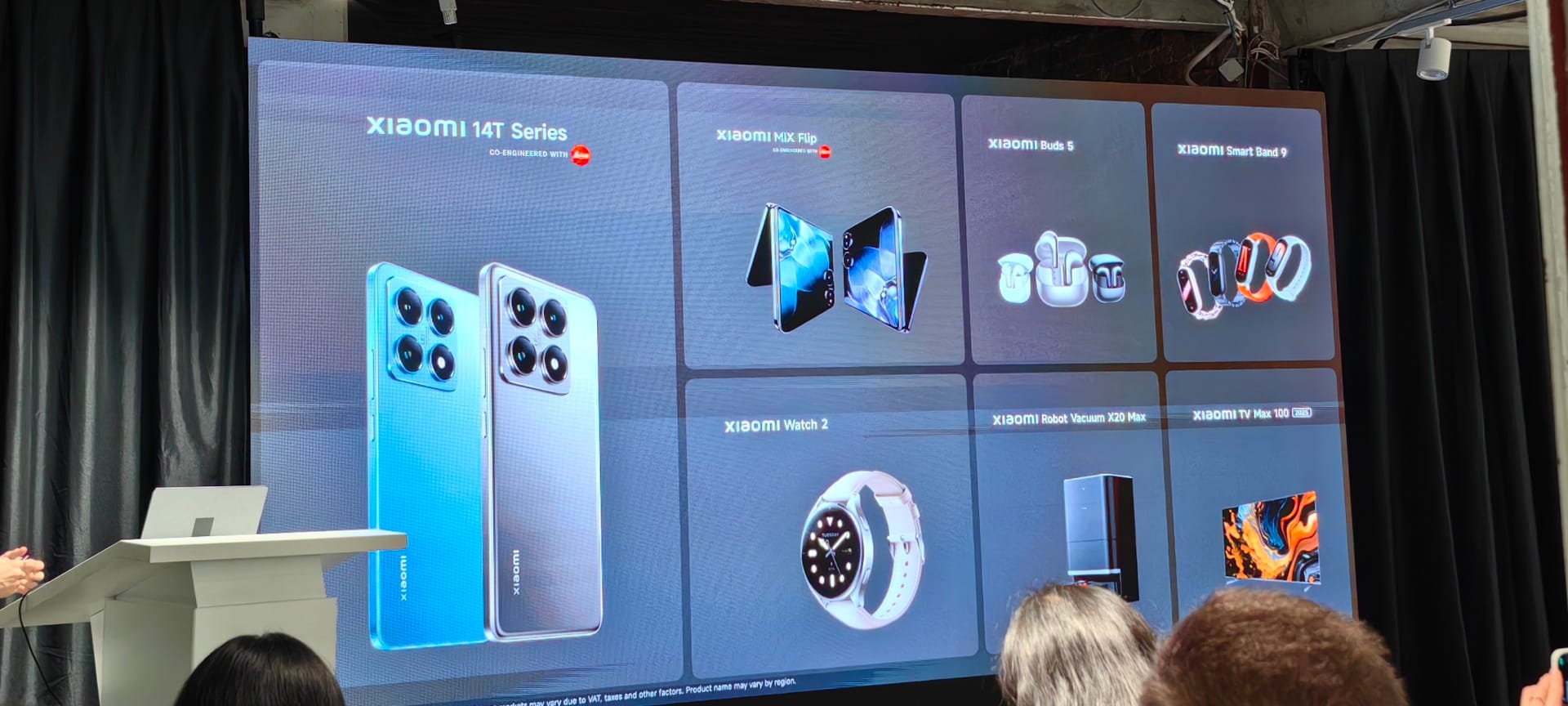Everything you need to know about the Xiaomi 14T series, Xiaomi's latest flagship phones with Leica cameras.


If you live in the US, you've probably never seen a Xiaomi phone out in the wild. That's not surprising considering they aren't sold in the States, but what is surprising is how successful Xiaomi is despite forgoing one of the largest smartphone markets. Today, Xiaomi unveiled yet another lineup of smartphones that won't be coming to the US: the Xiaomi 14T series. The Xiaomi 14T series consists of two smartphones with high-end MediaTek chipsets, Leica cameras, and a whole bunch of new AI-powered features. Here's what you need to know.
Disclaimer: Xiaomi invited me to attend the Xiaomi 14T launch event in Berlin. They covered my travel expenses but did not have any editorial input over my content.
Xiaomi releases a lot of products every year, but these products typically don't have any similarities in design like color or materials. The company is changing that this year with the release of the Xiaomi 14T series and its range of new accessories. The Xiaomi 14T series, Xiaomi Watch 2, Xiaomi Buds 5, and Xiaomi Smart Band 9 come in a new Titan Gray finish that looks sleek and industrial. If the gray looks dull to you, you can also pick up the 14T series in Titan Blue or Titan Black. The base 14T also comes in a special Lemon Green variant that features PU leather.
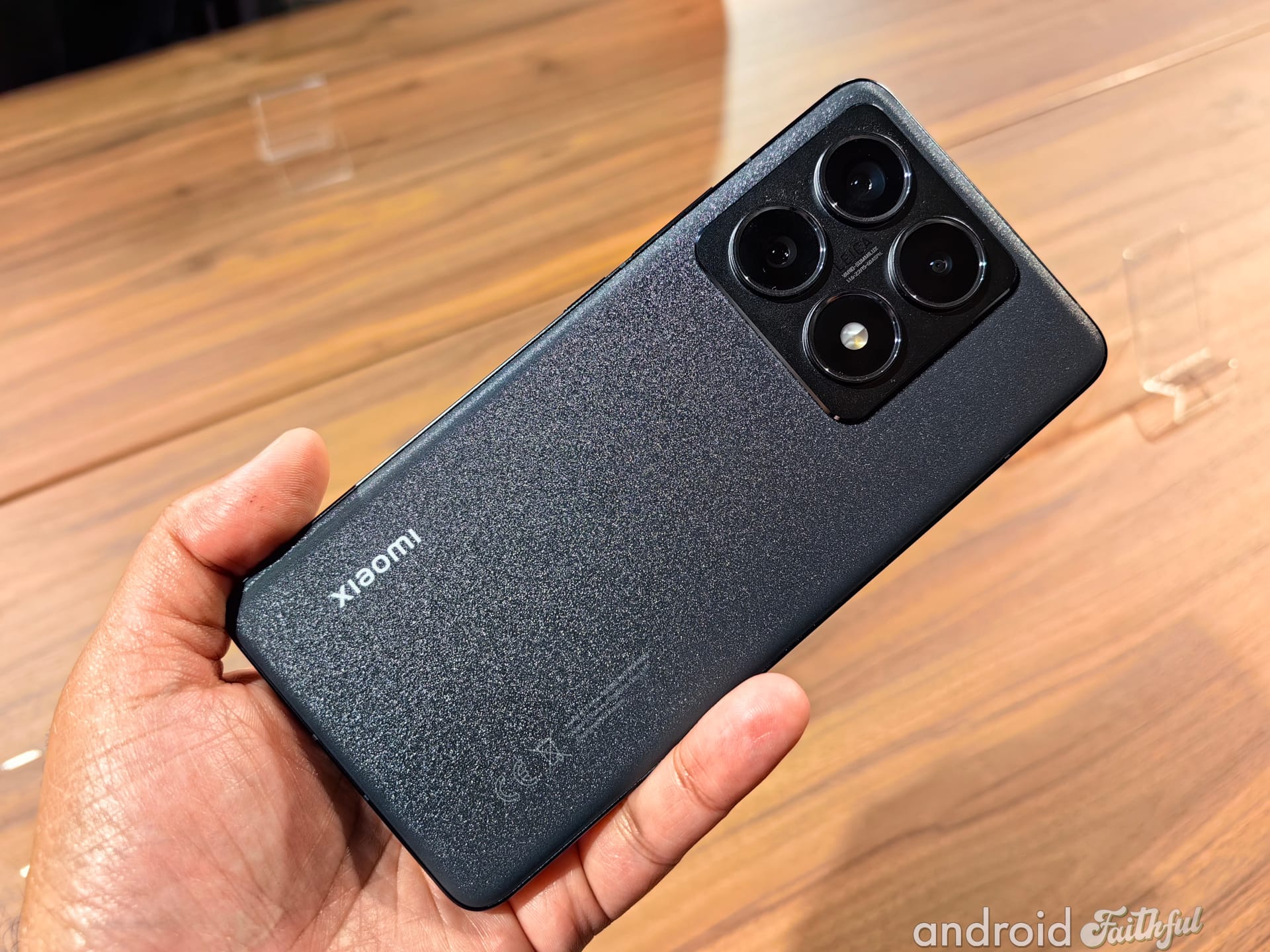
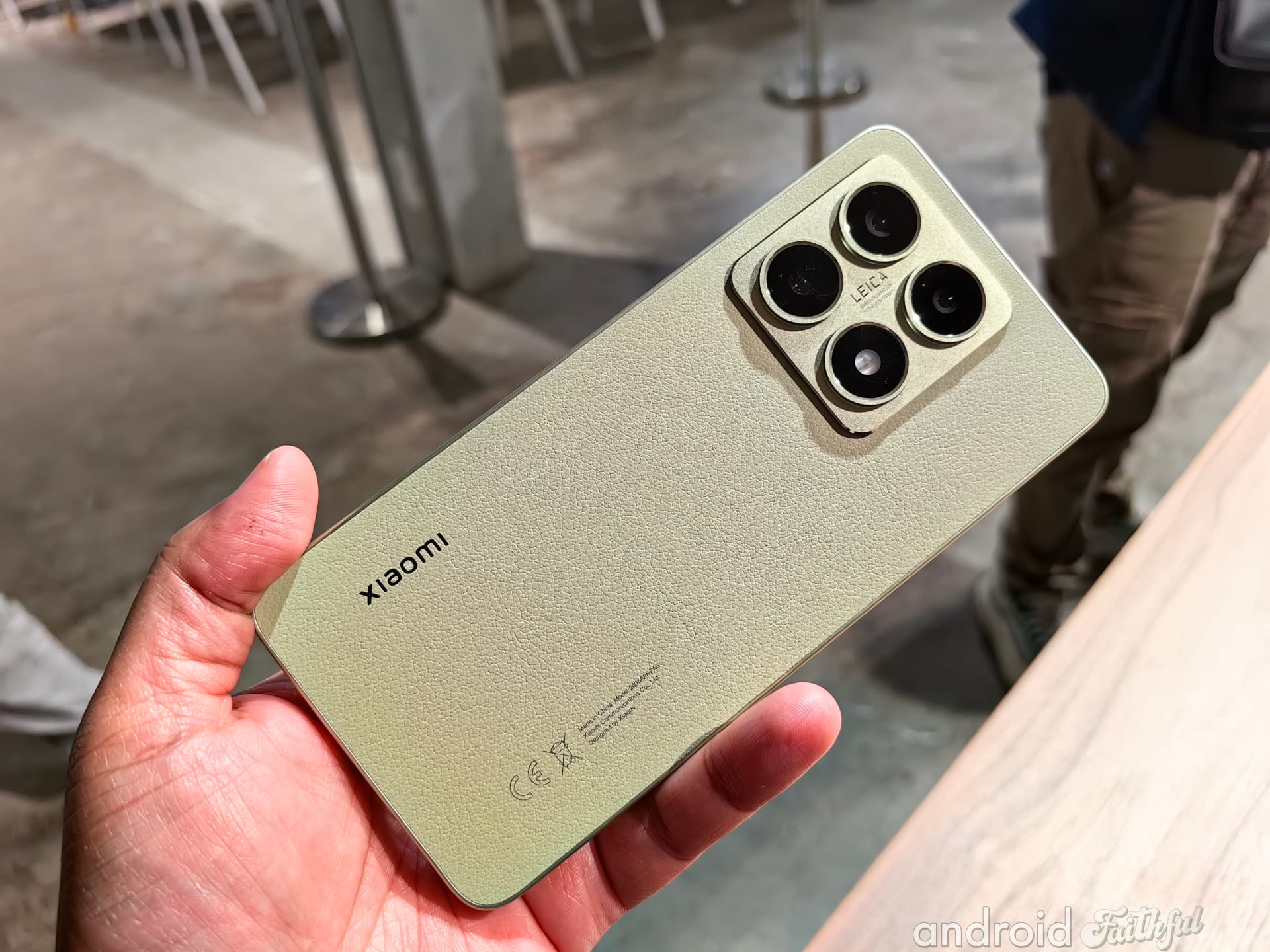
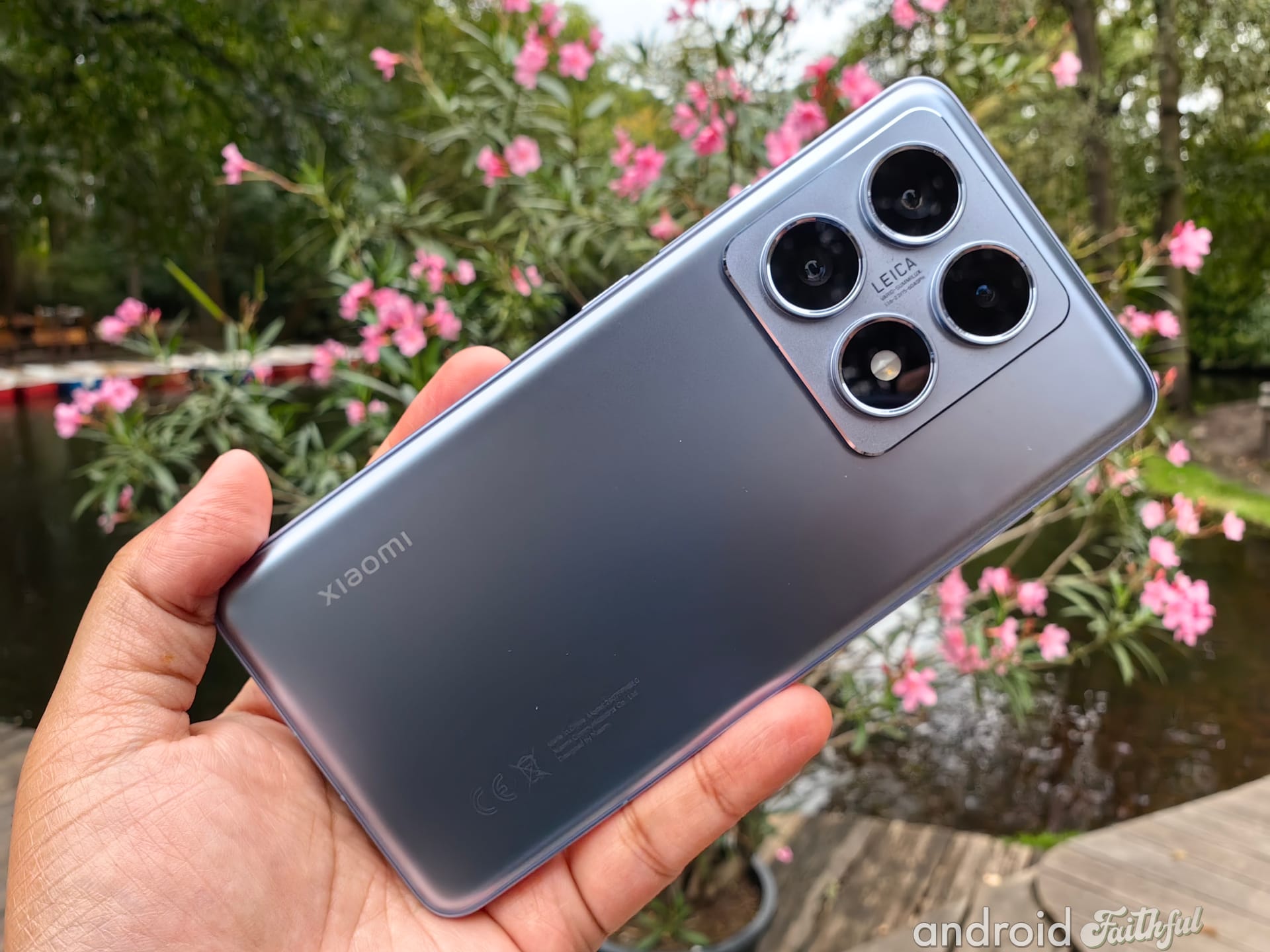
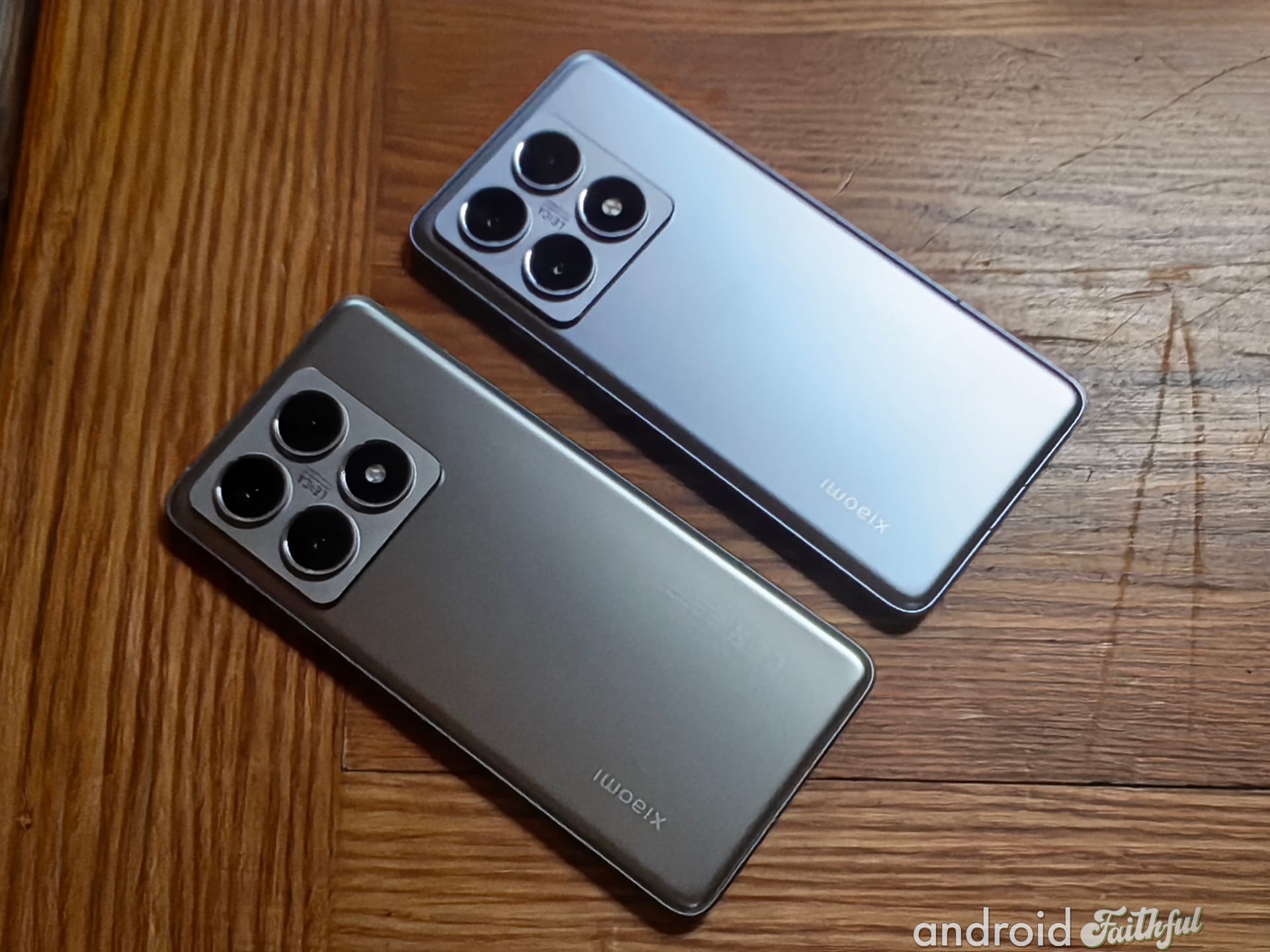
Top left: Xiaomi 14T in Titan Black. Top right: Xiaomi 14T in Lemon Green. Bottom left: Xiaomi 14T Pro in Titan Blue. Bottom right: Xiaomi 14T Pro in Titan Gray and Titan Blue.
Xiaomi says the 14T series is very durable and that the frame of both phones is made of 100% recycled aluminum. Both phones are IP68 rated for dust and water resistance. They also have dual stereo speakers, ridged power buttons, dual nano SIM card trays, triple rear cameras and a dual LED flash housed in a camera island, a flat display with rounded corners on all four sides, a front-facing camera housed in a centered hole-punch cutout, and a factory installed screen protector. Basically, the Xiaomi 14T series looks like your traditional slab phone, but it's what's under the hood that Xiaomi believe really sets it apart.
"Master light, capture night" is the tagline for the Xiaomi 14T series, and it reflects one of the key features of the new devices: improved low-light photography. Xiaomi wants its smartphones to better compete with traditional cameras when it comes to low-light photography, so they upgraded the main camera and tuned the software to eke out better low-light performance.
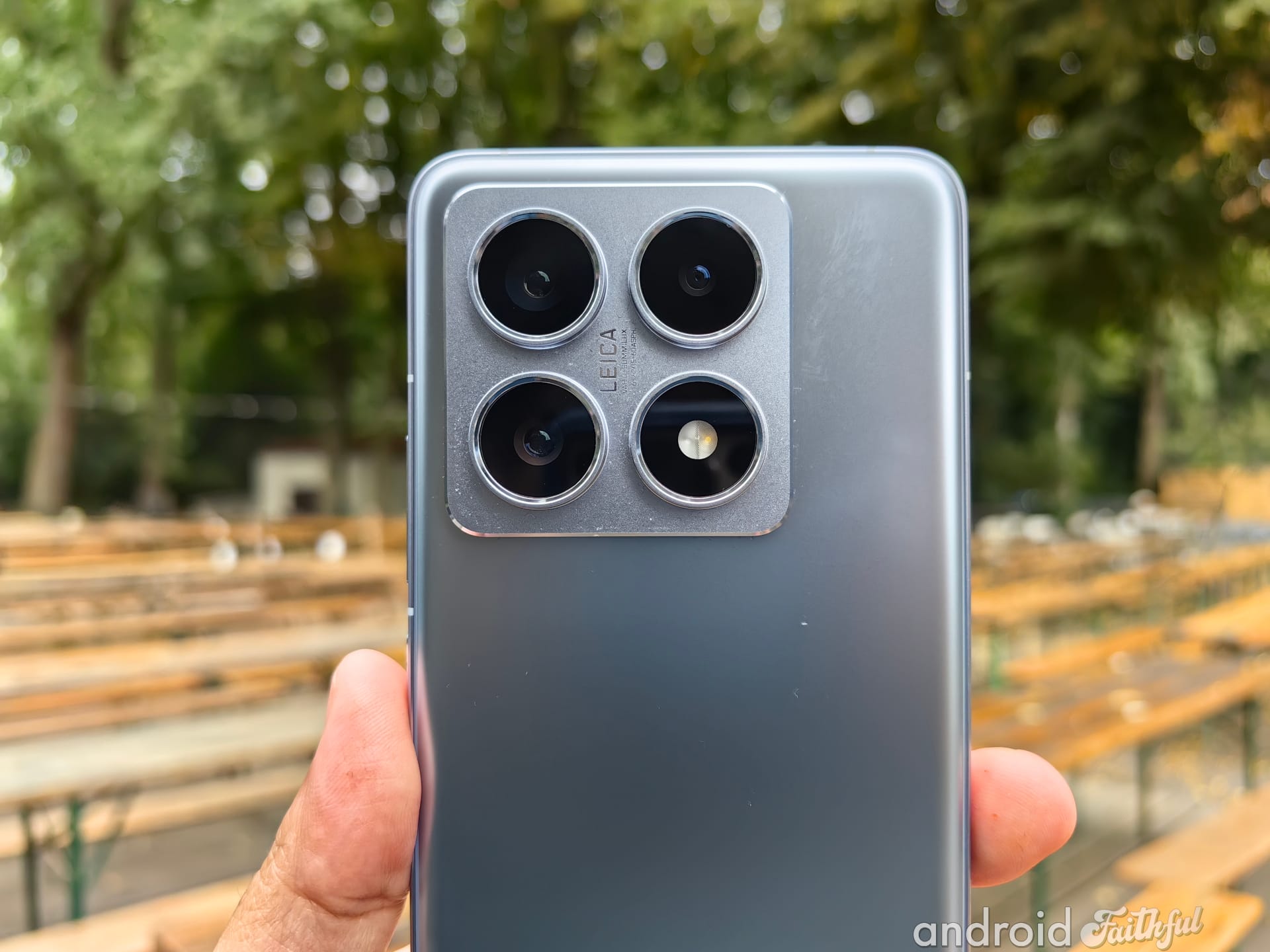
For starters, the Xiaomi 14T Pro features an upgraded main camera that uses Xiaomi's custom 50MP image sensor, the Light Fusion 900. It has an aperture of f/1.6, which means it takes in 32% more light than the main camera in the Xiaomi 13T series. The regular Xiaomi 14T, meanwhile, uses Sony's 50MP IMX906 image sensor with an f/1.7 aperture. The main camera on both phones come with optical image stabilization.
The main camera is joined by a secondary telephoto and a tertiary ultra wide-angle camera with similar specifications when compared with the previous generation. The telephoto camera uses a 50MP image sensor with an f/2.0 aperture on the Pro and an f/1.9 aperture on the non-Pro, whereas the ultra wide-angle camera on both uses a 12MP sensor with an f/2.2 aperture. In total, the Xiaomi 14T series offers 5 different focal lengths: 0.6X (15mm), 1X (23mm), 2X (46mm), 2.6X (60mm), and 5X (120mm).
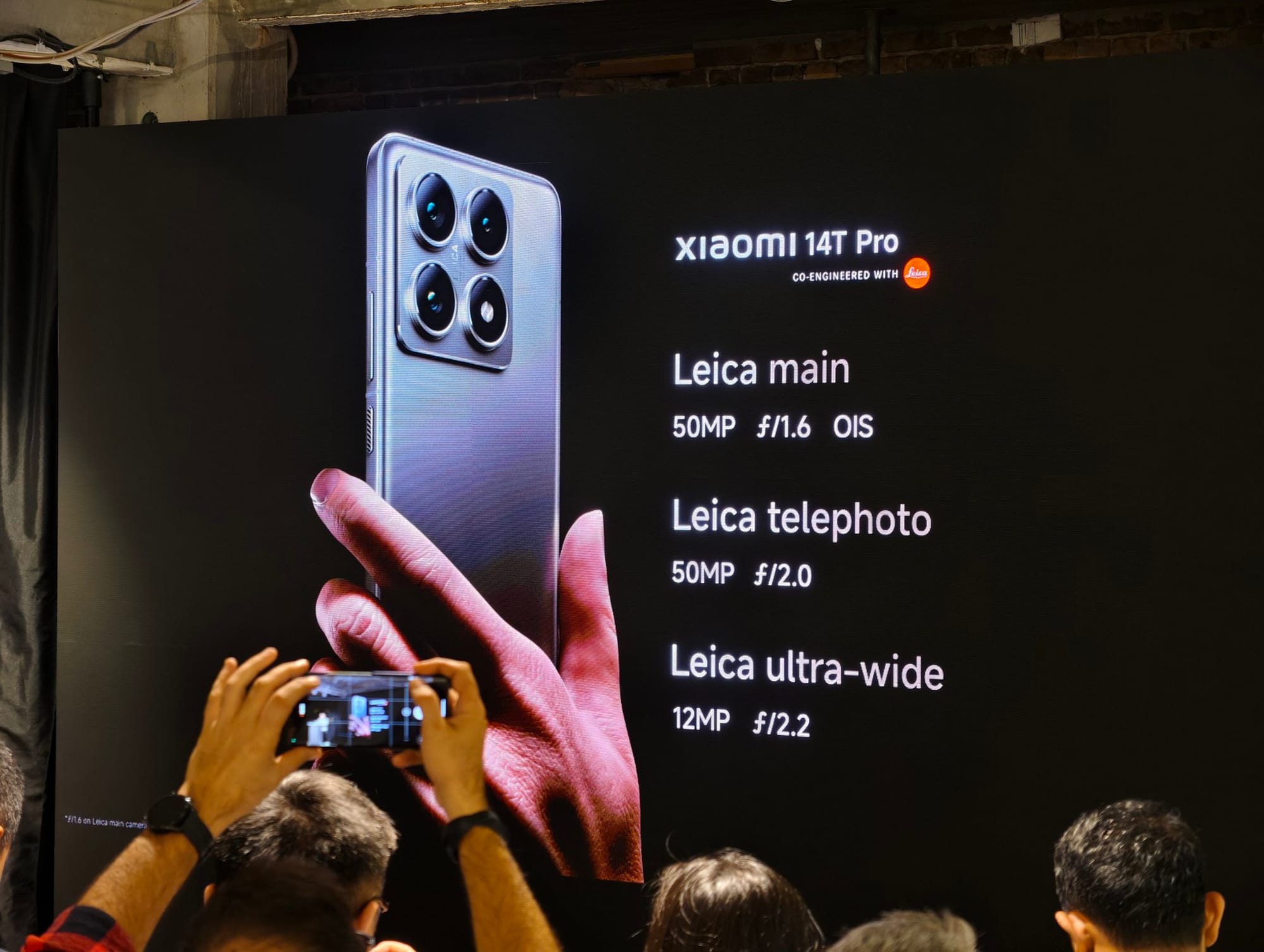
All three cameras feature "next-generation" Summilux lenses. Xiaomi has been collaborating with the German lens maker Leica for a few years now, and the latest lenses they co-engineered have made their way to the Xiaomi 14T series after debuting on the Xiaomi 14 series earlier this year. They're 7P aspherical high-transmittance lenses with an anti-glare coating, spin-coated IR filter, and come with "lens-edge" ink coating technology.
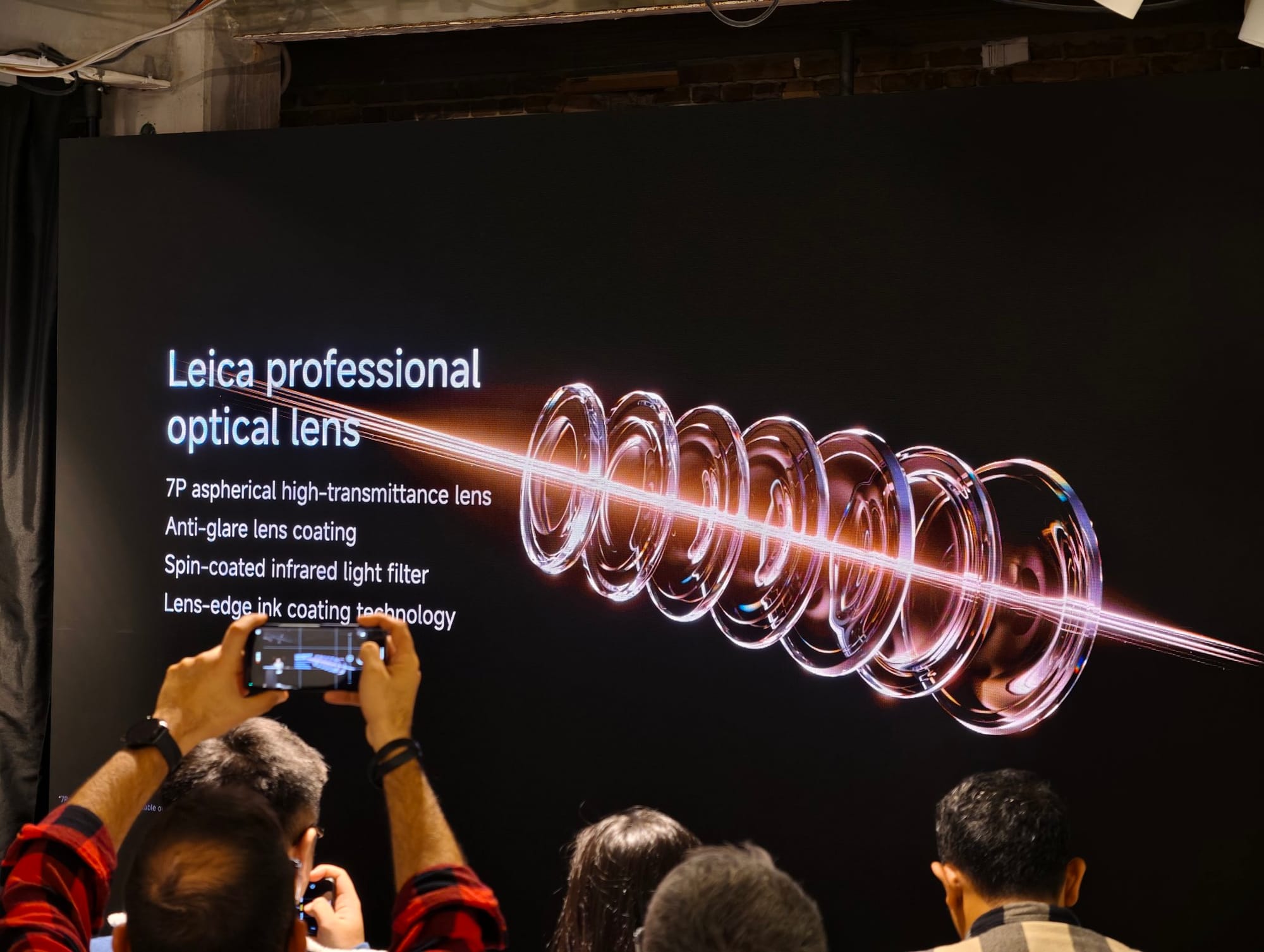
On the camera processing front, Xiaomi says they optimized the capture speed to enable taking photos faster in low-light conditions. Compared to the Xiaomi 13T series, the Xiaomi 14T series has a 1.58X faster capture speed.
No 2024 smartphone launch is complete without mentioning AI, and Xiaomi is no exception. Xiaomi's proprietary photography architecture, which they've dubbed "Xiaomi AISP," processes photos on-device to improve the clarity of photos, reduce noise in photos, produce more natural portrait photos, and more. The Xiaomi AISP boasts 54 TOPS (trillions of operations per second) of performance, which the company says is an improvement of 92% compared to the previous generation.
This raw computing power is used to run four proprietary machine learning models: FusionLM, ToneLM, ColorLM, and PortraitLM. Each of these LMs (large models, not to be confused with the large language models that power AI chatbots) handles different things in the image processing pipeline, with FusionLM for example processing pixels for nighttime shots. Xiaomi says these AI models combine 8 RAW images into a single photo, improving clarity, sharpness, and noise reduction and leading to a 6X increase in dynamic range compared to the 13T series.
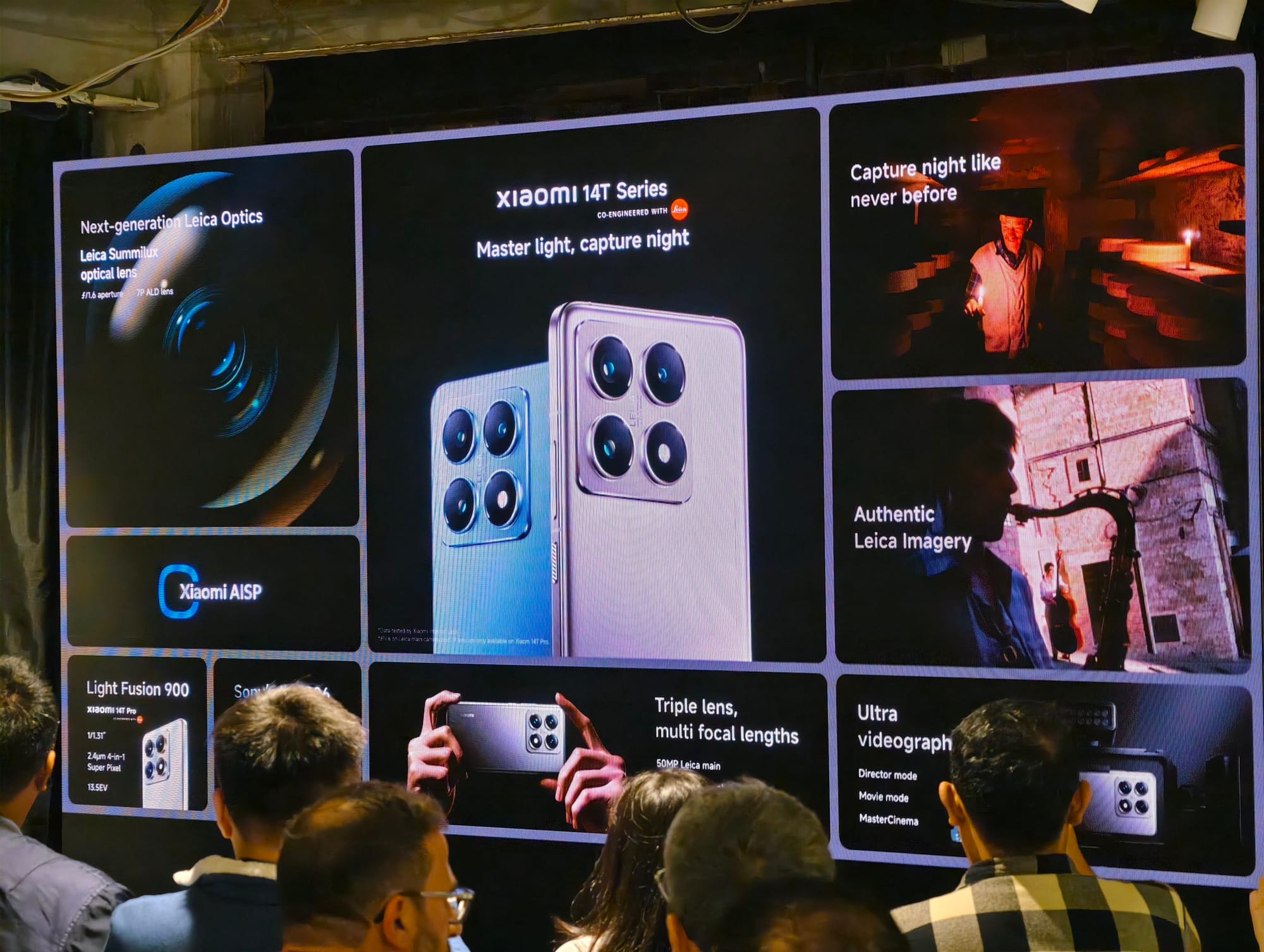
The Xiaomi 14T series continues the trend of featuring different Leica photography modes. When first launching the camera app, you can choose between the Leica vivid and Leica authentic profiles (and later switch between them at any time). The authentic profile allows for more "authentic" Leica imagery, while the vivid profile offers more punchy and contrasty images.
The phones also feature the plethora of "ultra videography" features found in the previous generation, including MasterCinema, Movie Mode, and Director Mode. Both phones also support Google's Ultra HDR image format, though only the Pro can shoot videos at 8K30 quality or in HDR10+.
Though the Xiaomi 14T series may not look it, Xiaomi says the phones have flagship-tier displays, processors, and battery life.
Both phones in the Xiaomi 14T series are equipped with a large 6.67-inch AMOLED display that reaches a peak brightness of 4,000 nits. The displays have a 2712x1200 (1.5K) resolution panel with an up to 144Hz adaptive refresh rate and 12-bit color depth. They also have a variety of eye comfort features, like 3840 Hz PWM dimming support and a reading mode that auto adjusts the colors based on the apps that are running and the sunrise/sunset schedule. Lastly, the Pro has a display chip that allows for upscaling videos using super resolution, interpolating frames using MEMC, or tonemapping SDR to HDR content.

Under the hood, the Xiaomi 14T is powered by the MediaTek Dimensity 8300 Ultra whereas the Xiaomi 14T Pro is powered by the MediaTek Dimensity 9300+. The Dimensity 9300+ in the Xiaomi 14T Pro is MediaTek's highest-end 4nm SoC, featuring one Arm Cortex-X4 CPU core clocked at up to 3.4GHz, three Arm Cortex-X4 CPU cores clocked at up to 2.85GHz, and four Arm Cortex-A720 CPU cores clocked at up to 2.0GHz. It features the Immortalis-G720 MC12 GPU with raytracing support. Compared to the Dimensity 9200+ in the 13T Pro, the Dimensity 9300+ in the 14T Pro offers 37% faster CPU performance, 44% faster GPU performance, and 100% faster NPU performance.
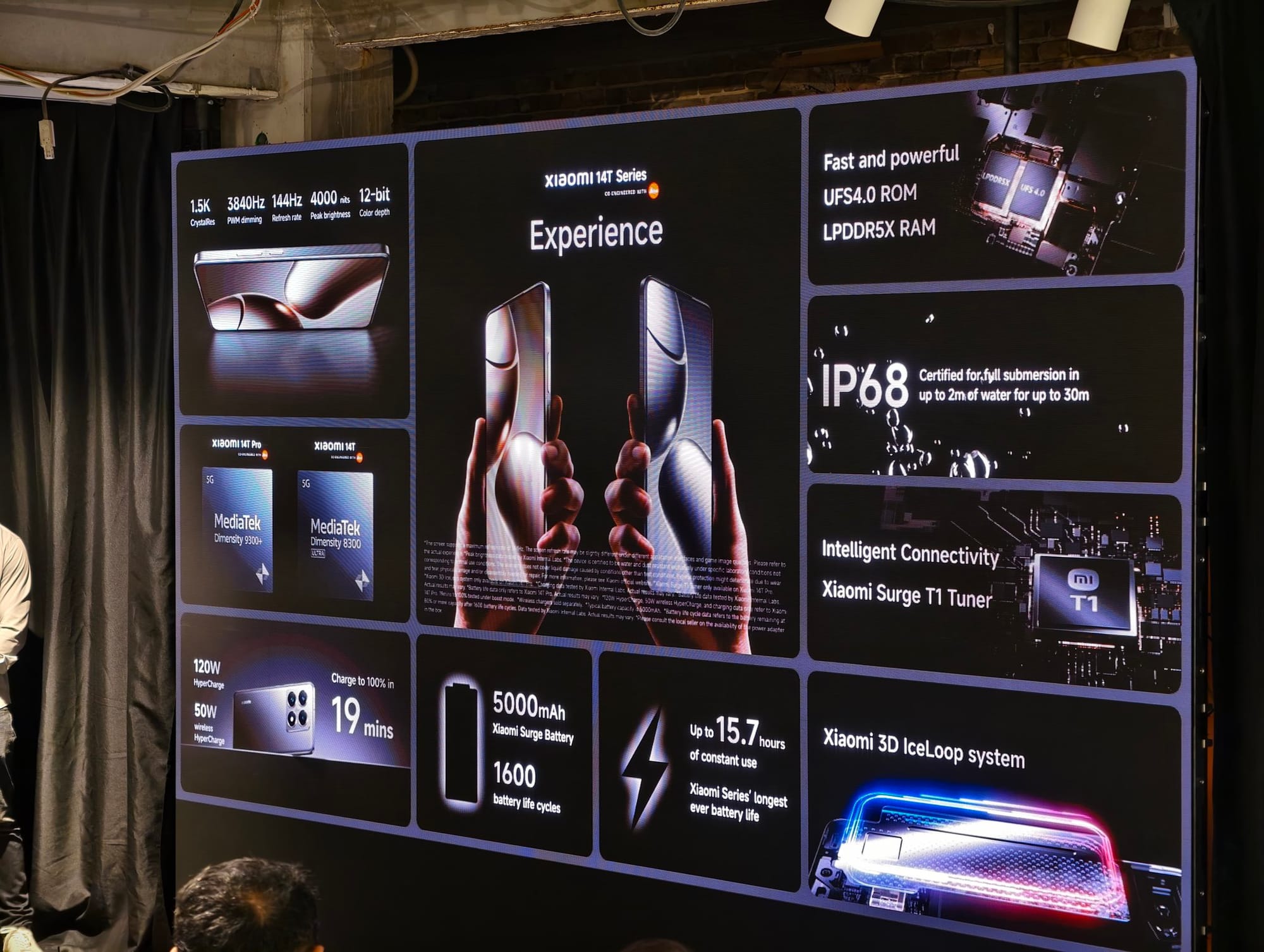
The chipset is paired with up to 12GB of LPDDR5X RAM and up to 1TB of UFS 4.0 storage (512GB max on the 14T). The Xiaomi 14T Pro is also cooled by Xiaomi's custom "3D IceLoop" system and features the Xiaomi Surge T1 tuner for improved connectivity. Both phones support Bluetooth 5.4 with Auracast but only the Xiaomi 14T Pro supports Wi-Fi 7 (the 14T only supports Wi-Fi 6E). Both devices also use the same optical under-display fingerprint scanner. Although the spec sheet doesn't mention it, we can confirm that at least the Pro does support eSIM, but only if your device's region isn't set to the U.S.
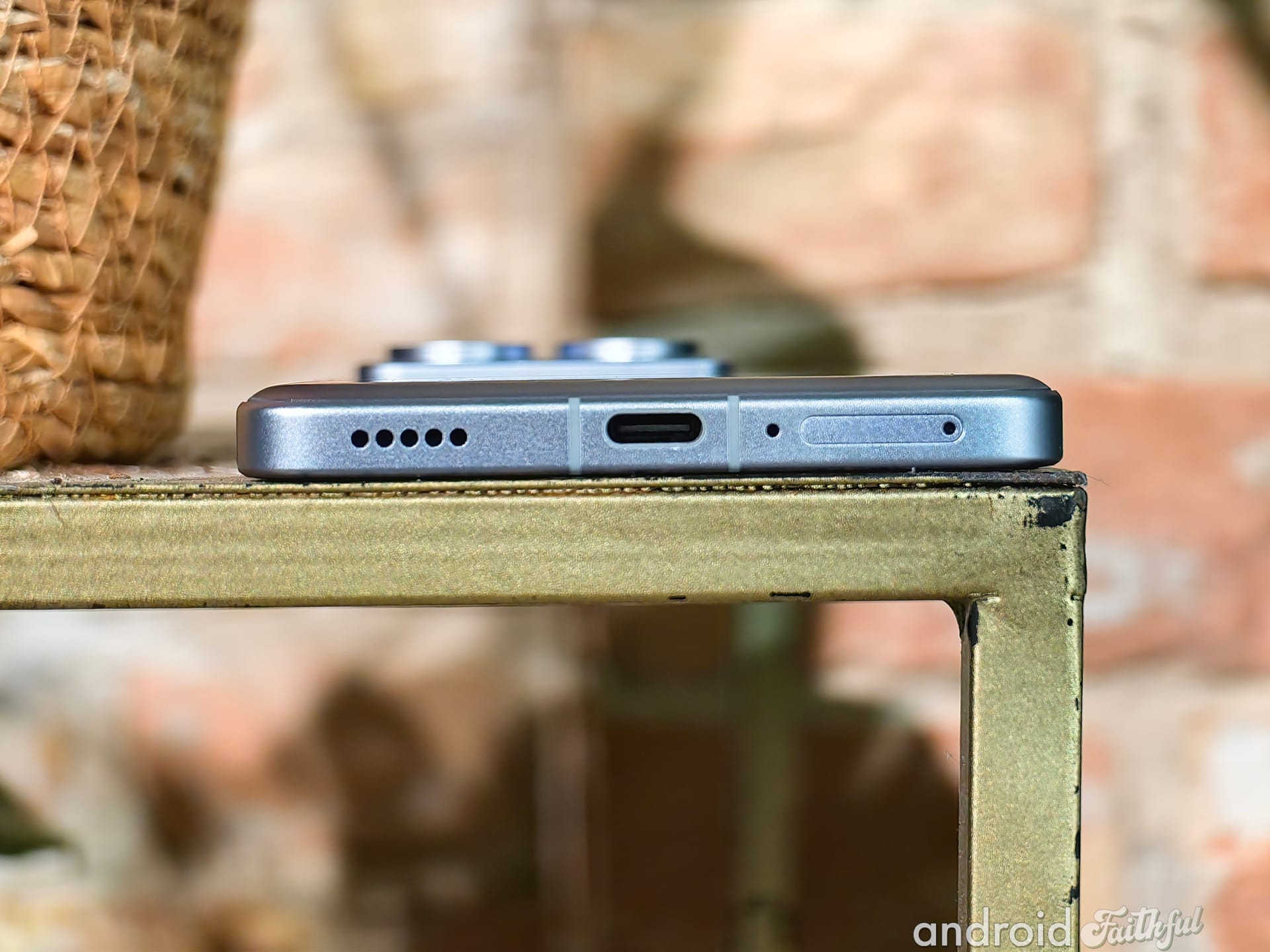
Powering both devices in the Xiaomi 14T series is a large 5000mAh battery that can be topped up at different rates on the 14T and 14T Pro. The Xiaomi 14T Pro charges at up to 120W using Xiaomi's wired HyperCharge charger, whereas the Xiaomi 14T charges at a maximum of 67W via HyperCharge. The Xiaomi 14T Pro can also charge wirelessly at a rapid 50W using one of the company's 50W HyperCharge wireless chargers.
The latest version of HyperOS, which is currently based on Android 14, debuts on the Xiaomi 14T series. The new version features a variety of system optimizations to improve performance and fix bugs but also includes several new AI features that Xiaomi has broken down into two categories: Creativity and Productivity.
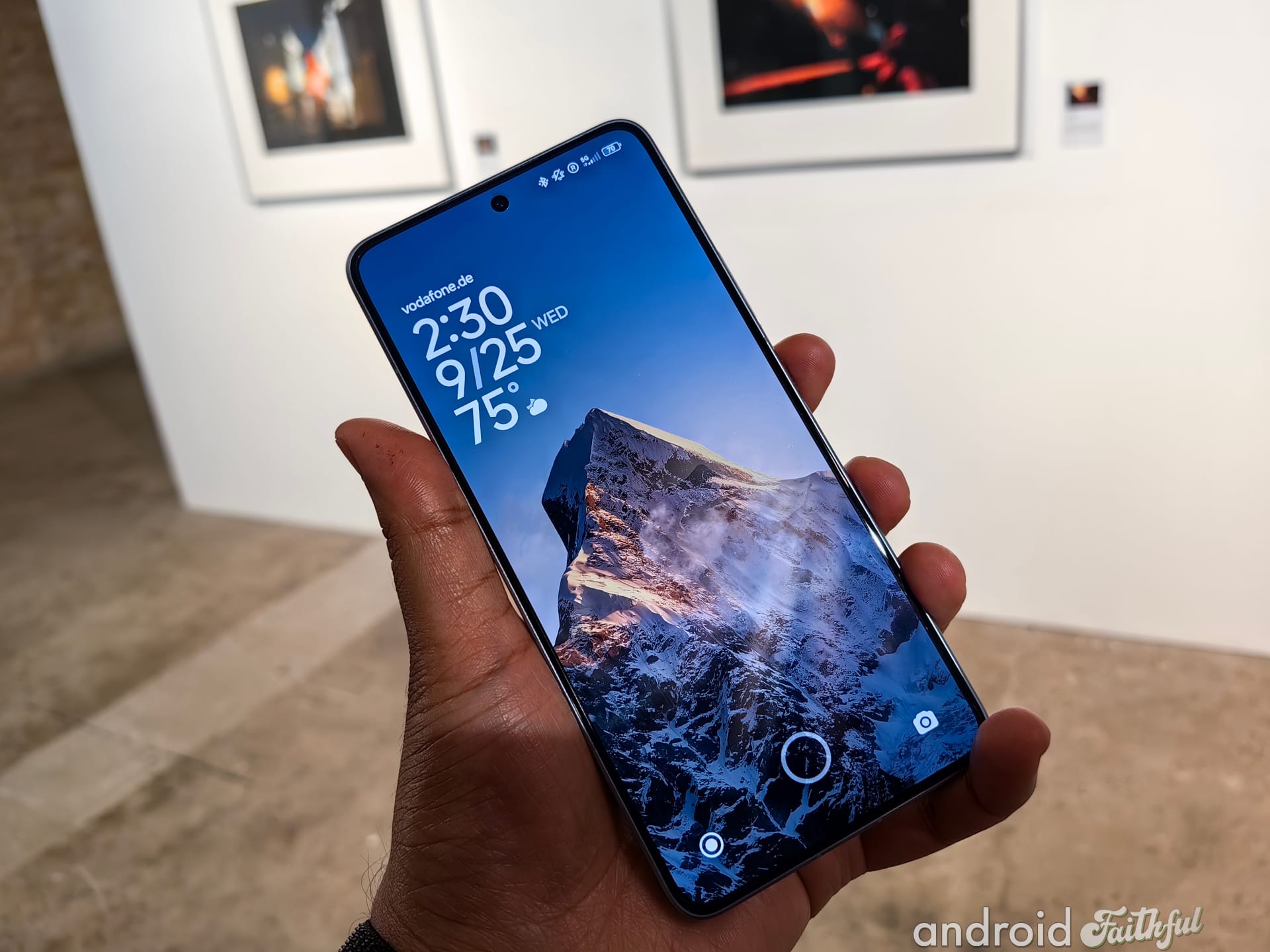
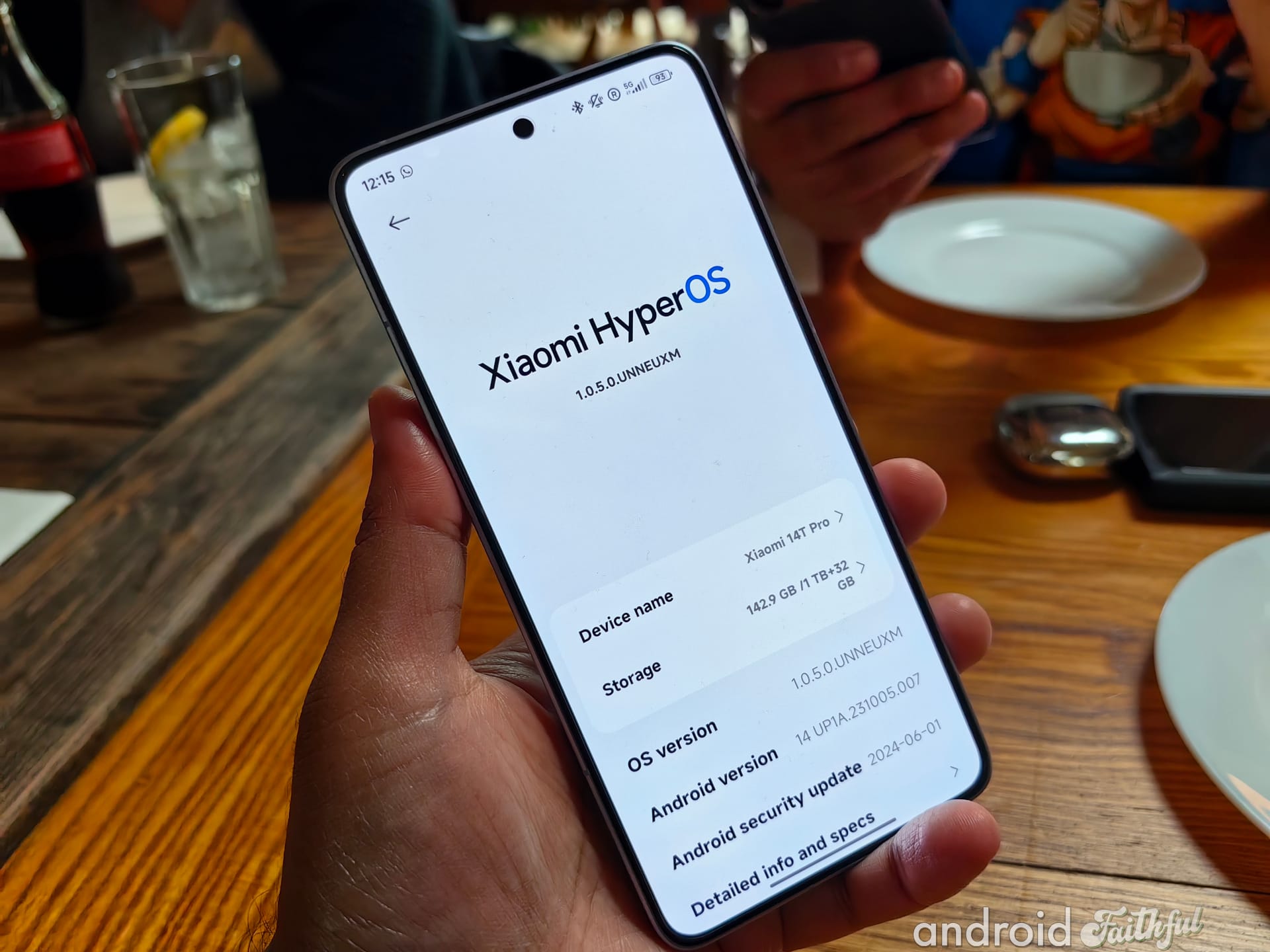
The new features under the Creativity AI umbrella include:
The new features under the Productivity AI umbrella include:
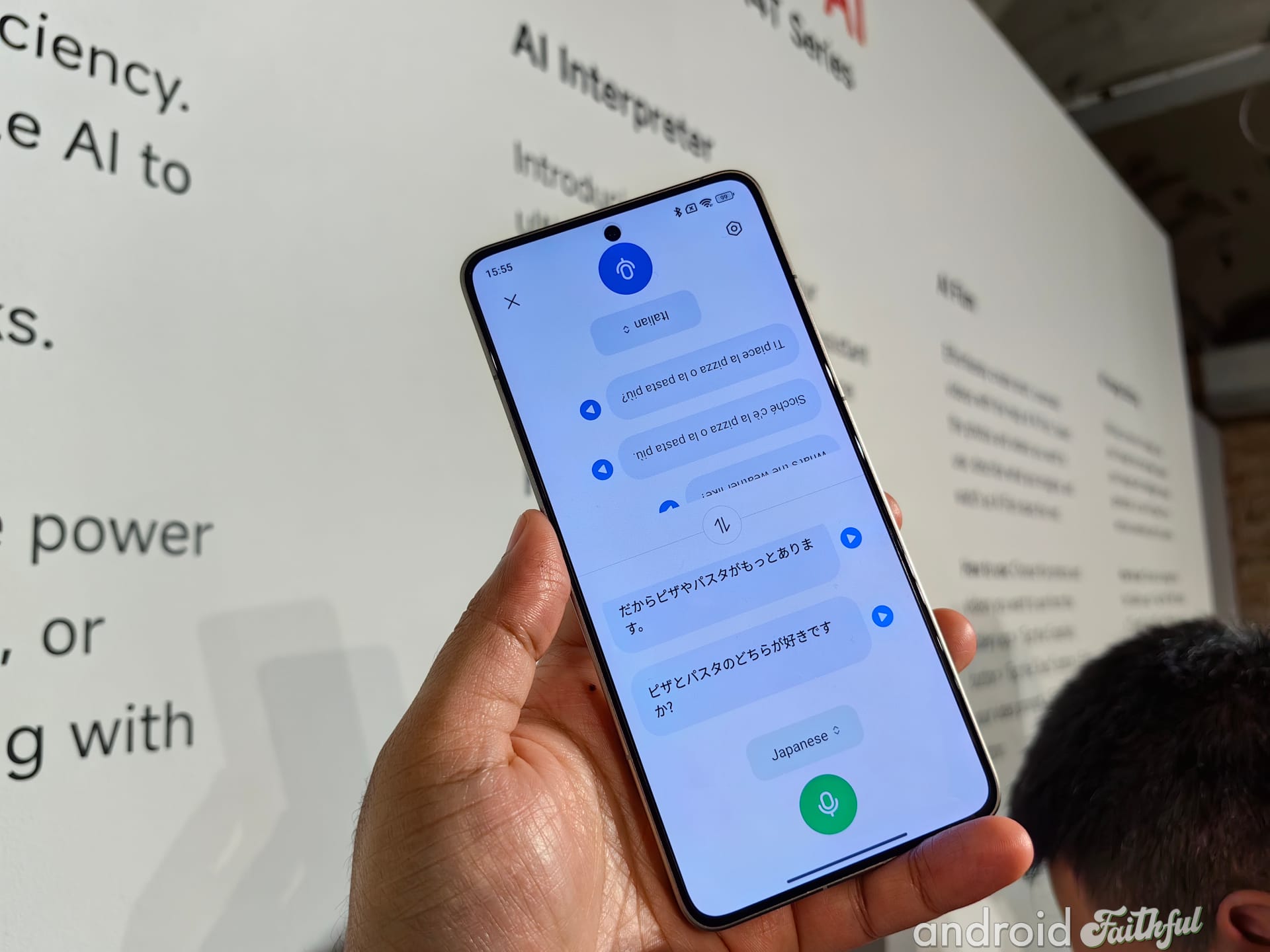
Several of these new AI features are powered by Google's cloud-based Gemini large language model. Beyond that, Xiaomi also collaborated with Google to integrate Gemini into the Xiaomi 14T. The Xiaomi 14T series comes preinstalled with the Gemini app and are also the first devices not from Google or Samsung to support Circle to Search.
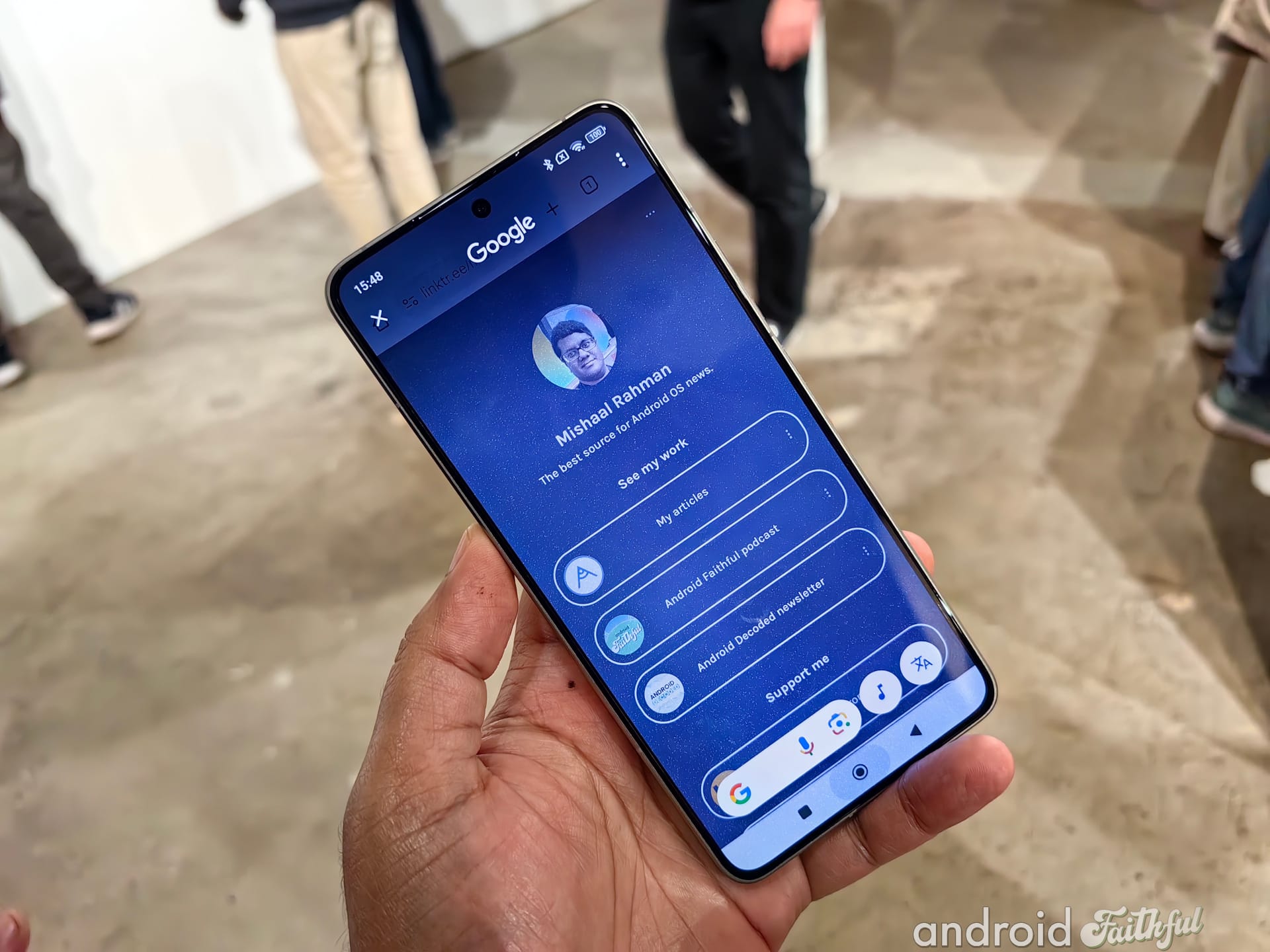
The Xiaomi 14T starts at €649 while the Xiaomi 14T Pro starts at €799.
In addition to the Xiaomi 14T series, the company is also releasing its Xiaomi MIX Flip in Europe for €1299. The MIX Flip is also getting Circle to Search, it seems.
The Xiaomi Watch 2 is also being refreshed in a new Titan Gray colorway. The smartwatch, which runs Wear OS 4, was first announced back in February.
Lastly, Xiaomi is also releasing a new pair of wireless earbuds (the Xiaomi Buds 5), a new fitness tracker (the Xiaomi Smart Band 9), a new robot vacuum (the Xiaomi Robot Vacuum X20 Max), and a new 100" smart TV (the Xiaomi TV Max 100).
